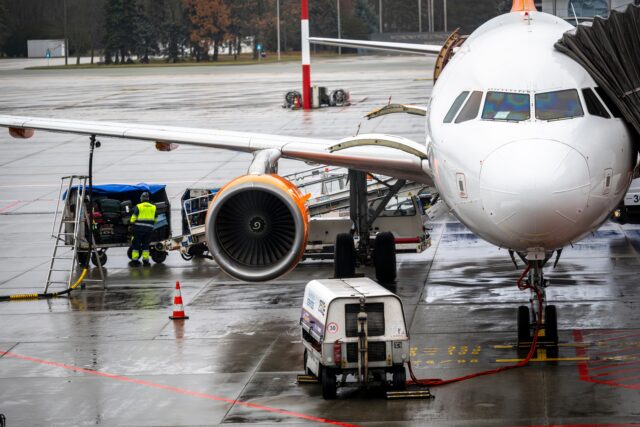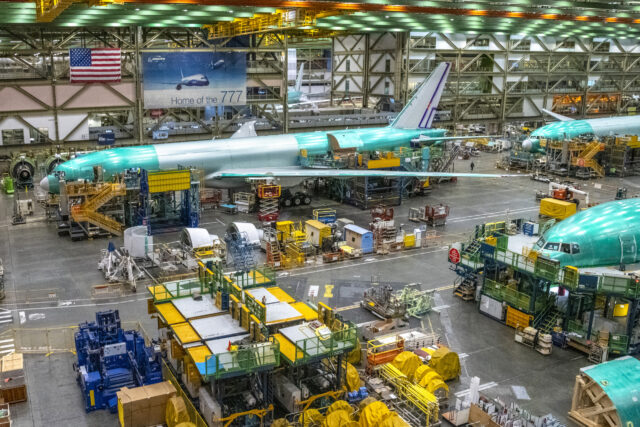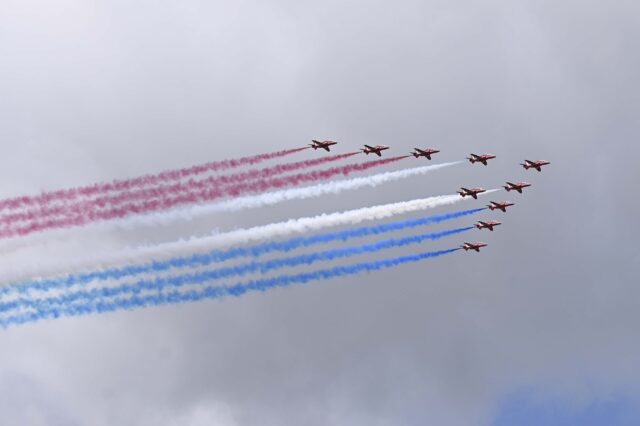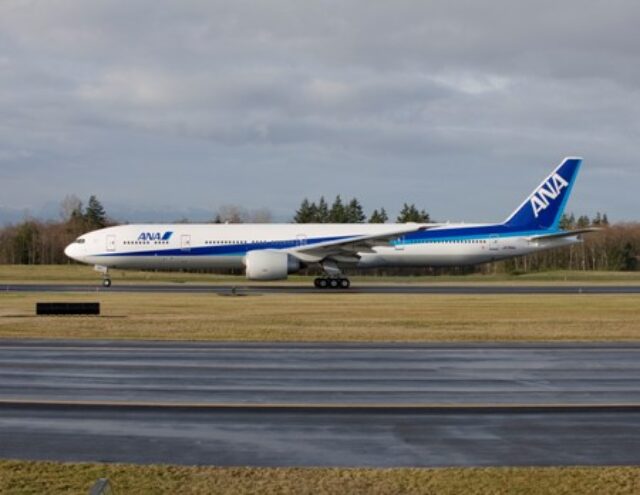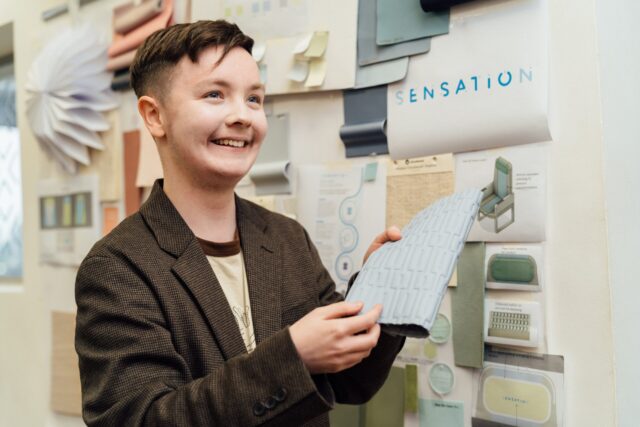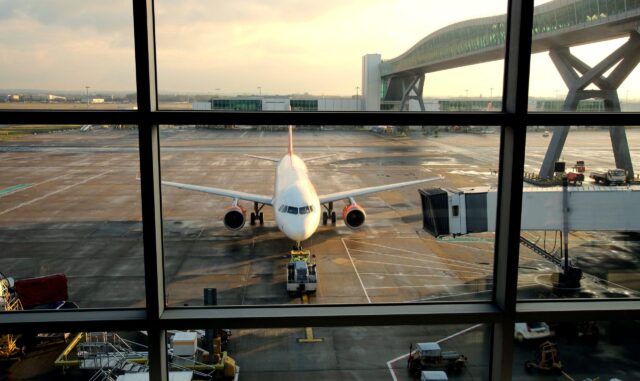Northrop clocks up a US $477 million loss on the B-21 Raider LRIP aircraft
April 24, 2025

Kathy J.Warden, the Chair, Chief Executive Officer, and President of Northrop Grumman observed that setting aside the B-21 adjustment, margin rates were in line with expectations, and reaffirmed the company’s outlook for sales and free cash flow. On the B-21, Warden said:
“I’d like to take a minute to discuss the B-21 profit adjustment made in the quarter. As you saw in the earnings release, we recognized an additional $477 million pre-tax loss. This is largely relating to higher manufacturing costs, primarily resulting from a process change we made to enable a higher production rate, as well as increases in the projected material costs, some of which are related to macroeconomic impacts on material prices. While I’m disappointed with this financial impact, we continue to make solid progress on the program, demonstrating performance objectives through tests, and we are progressing through the first two lots of production.
With significant learning behind us, we are ready to deliver the Air Force, this highly capable strategic deterrent.
Answering a question from Kristine Liwag, an analyst with Morgan Stanley & Co. LLC, Warden elaborated, saying: “So let me start by talking about the phases of the programme and where we are in performance. We are completing the EMD phase of the programme and are in the stages of tests that prove out the objectives of the aircraft being met through those performance test milestones, and the government has released information as we progress through the test programme to help provide some transparency that the aircraft is performing in line with the modelled performance and the test objectives. We also have started low-rate initial production. And as we’ve talked about, we are working through the first two lots of production in LRIP, and we have even started long lead up through lot four. So we’ve built a good bit of experience now in building the aircraft. And as we have progressed through the build process, we made the determination, working with the Air Force to reduce risk as we scale to the programme of record, which will happen at the end of LRIP, and even to position us now to ramp above the programme of record.”
“And those manufacturing changes and associated costs that we talked about being reflected this quarter are a result of that learning in the process of scaling. But it’s good to have that learning now understood and behind us before we ramp further through LRIP and then eventually into full-rate production. We also have the sustainment and modernization still ahead on the program. We’ve talked in previous calls about having started some work on modernization, and we are building out the capability to train and sustain on the aircraft as well. So those will gradually phase in over these next several years. And there isn’t change based on what we’re reporting this quarter in that profile for the program.”
“The drivers of the charge were related to a process change, and that process change supports the accelerated production rates that I referenced. And so in that way, it’s a very defined change, and we now understand and have the learning from making that change, and that’s not something we will need to do again.”
“This positions us to ramp to the quantities needed in full-rate production. And even as I noted, we can ramp beyond the quantities in the programme of record, which is something that we and the government decided was important for the optionality to support the scenarios that they have been looking at to increase the current build rate.”
Warden concluded by saying that: “While we are disappointed with the B-21 adjustment this quarter, the underlying business fundamentals in our company are strong, and we continue to de-risk the B-21 programme through the investments that we’re making.”
David Strauss from Barclays Capital Inc. asked whether there was any update on timing on F/A-XX. Although a downselect is expected imminently, Warden said that: “I do not have an update to provide you. The Navy remains committed to the programme and we do expect to hear something soon.”
Strauss also asked about what role, if any, Northrop Grumman might have on the Boeing aircraft?
Warden said simply that: “In regard to our role on NGAD, given the classification of the program, we can’t disclose any information specific to the program. But you know that we are a merchant supplier of mission systems. And we remain fully committed to supplying those advanced capabilities for government customers and primes. And that our sensors are easily scaled and reconfigurable for a wide application across the variety of platforms and domains and I’ll simply leave it at that.”
